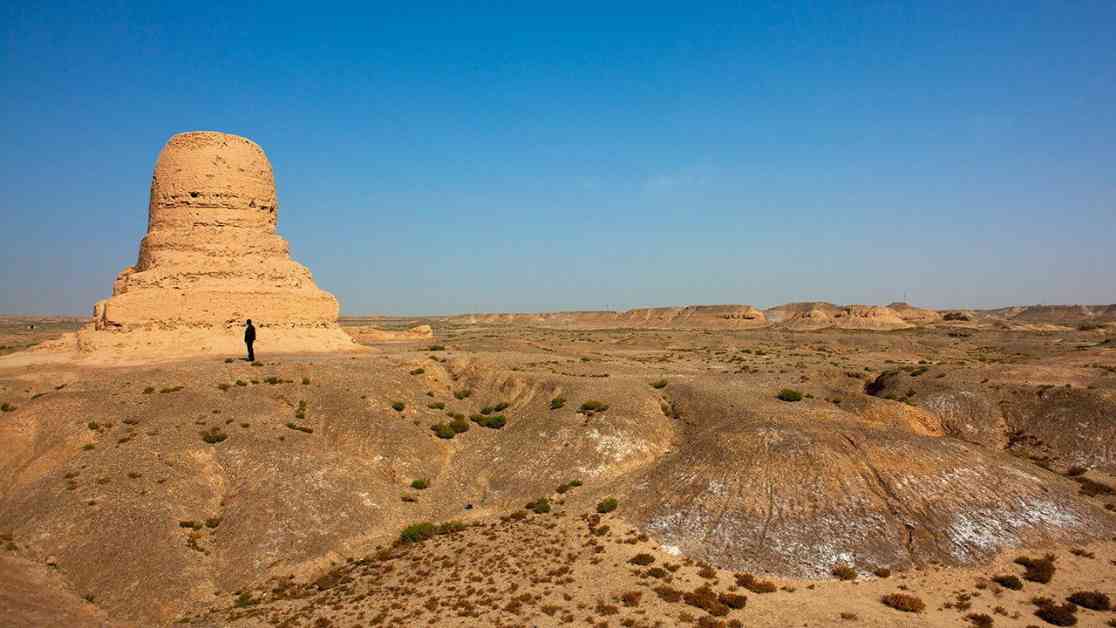China is strategically using archaeology to unveil its political power through historical artifacts, particularly in the region of Xinjiang. In Kashgar, an ancient Buddhist stupa has been unearthed by Chinese archaeologists, shedding light on the region’s rich historical past. The stupa, known as Mo’er to the Uyghur people, was built around 1,700 years ago and provides insights into the cultural and religious practices of the time.
The excavation of the site has revealed various artifacts such as stone tools, copper coins, and fragments of a Buddha statue, giving researchers valuable information about ancient civilizations in the area. This archaeological discovery not only showcases China’s rich history but also serves as a tool to reinforce its authority over Xinjiang.
By highlighting the cultural heritage of the region, China is able to strengthen its claims to Xinjiang and justify its rule over the area. The use of archaeology as a political tool is not unique to China, as many countries around the world use historical artifacts to assert their power and influence over certain regions.
In addition to the archaeological findings in Kashgar, China’s strategic use of archaeology extends to other areas as well. By uncovering ancient artifacts and sites, the Chinese government aims to showcase the country’s long and impressive history, reinforcing its position as a global superpower.
As China continues to invest in archaeological research and excavation projects, it is likely that more discoveries will be made, further solidifying the country’s historical narrative and political influence. The use of archaeology as a weapon of soft power is a subtle yet effective way for China to assert its dominance in the region and on the world stage.



























